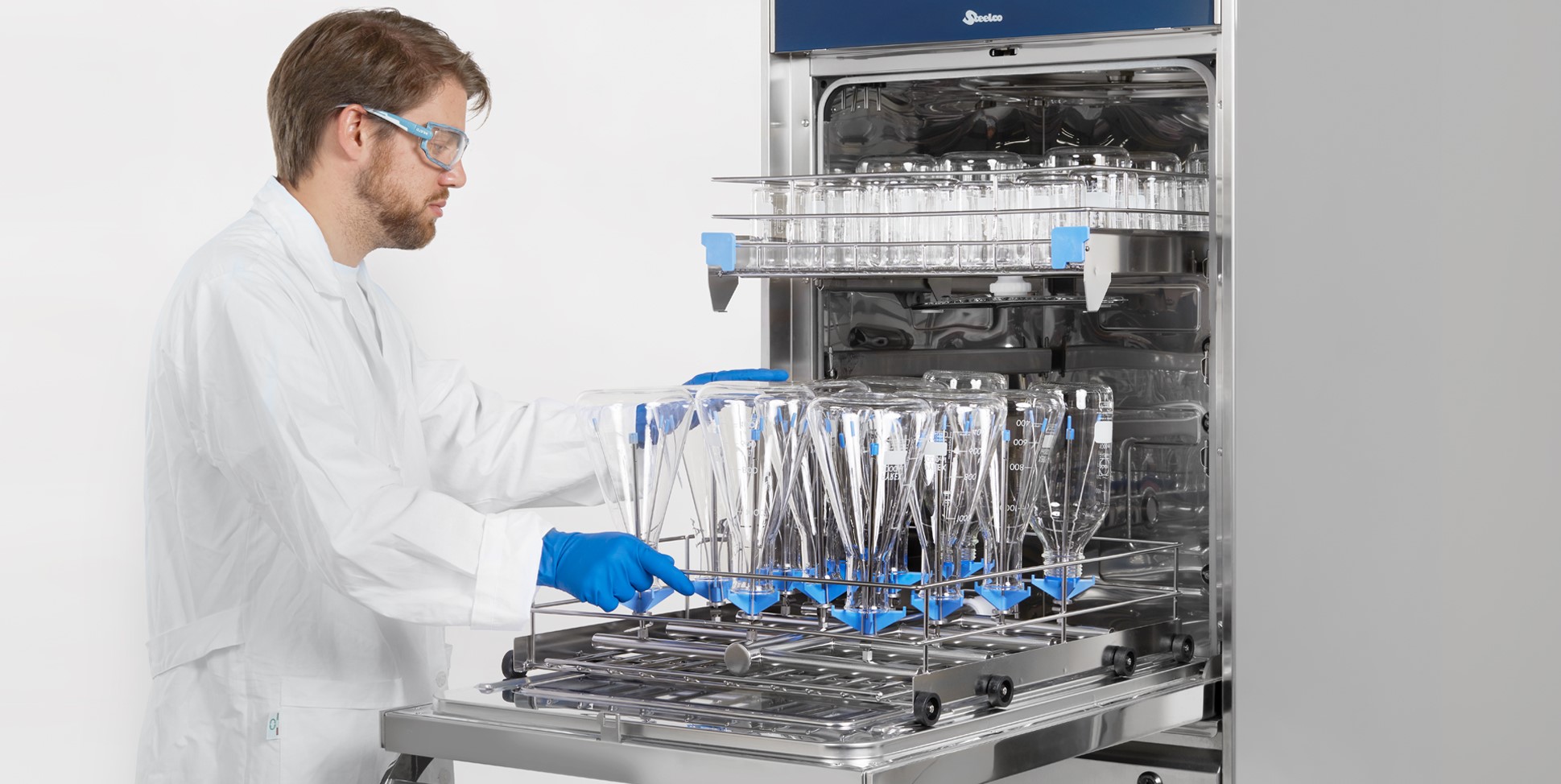

Tableware
How To Wash Laboratory Glassware
Modified: January 18, 2024
Learn how to properly wash and clean laboratory tableware with our step-by-step guide. Ensure the safety and accuracy of your experiments with spotless glassware.
(Many of the links in this article redirect to a specific reviewed product. Your purchase of these products through affiliate links helps to generate commission for Storables.com, at no extra cost. Learn more)
Introduction
Welcome to our comprehensive guide on how to properly wash laboratory glassware. Whether you’re a student conducting experiments in a school science lab or a researcher working in a professional laboratory setting, clean and properly maintained glassware is essential for accurate and reliable results.
Proper cleaning and maintenance of laboratory glassware not only ensures the integrity of your experiments but also promotes safety in the lab environment. Contaminated glassware can introduce impurities into your samples, leading to skewed data or even hazardous reactions.
In this guide, we will take you through the step-by-step process of washing laboratory glassware by hand or using a dishwasher. We will also provide tips on drying, storage, and maintenance to keep your glassware in pristine condition.
Before we delve into the details, it is important to highlight some safety precautions to minimize the risk of accidents and ensure your well-being while handling laboratory glassware. Always follow the guidelines and protocols specified by your institution or lab supervisor.
Now, let’s dive into the world of laboratory glassware washing and learn how to keep your glassware clean and in optimal condition for your experiments!
Key Takeaways:
- Properly washing and maintaining laboratory glassware is essential for accurate and safe experiments. Follow safety precautions, choose suitable cleaning agents, and handle glassware with care to ensure reliable results and a secure lab environment.
- Effective drying, storage, and maintenance practices are crucial for prolonging the lifespan and functionality of laboratory glassware. Properly prepare, wash, and dry glassware, and follow storage and maintenance guidelines to ensure accurate experimental results and minimize contamination.
Read more: How To Handle Glassware In A Laboratory
Safety Precautions
When working with laboratory glassware, it is crucial to prioritize safety to minimize the risk of accidents and injuries. Here are some important safety precautions to keep in mind:
- Wear appropriate personal protective equipment (PPE): Always wear gloves, goggles, and a lab coat or a protective gown to protect yourself from potential chemical splashes and glass breakage.
- Familiarize yourself with the properties of chemicals: Before handling glassware that has been in contact with chemicals, be aware of the hazards associated with those substances. Consult the Material Safety Data Sheets (MSDS) and adhere to your institution’s guidelines for handling and disposal.
- Inspect glassware for damage: Before washing, carefully examine the glassware for any cracks, chips, or other damage. Do not use damaged glassware, as it could break during the washing process, potentially causing harm.
- Handle glassware with care: Always hold glassware by the appropriate areas such as the neck or base, and avoid gripping it too tightly. Be cautious when handling hot glassware, as it can cause severe burns.
- Use proper cleaning agents: Choose cleaning agents that are appropriate for the type of glassware and the substances used. Avoid abrasive cleaners that can scratch or damage the glassware.
- Use caution when working with hot water: If washing by hand, be careful when using hot water. Use heat-resistant gloves or allow the glassware to cool before handling it.
- Work in a well-ventilated area: If using cleaning agents that emit fumes, ensure that you are working in a properly ventilated space to prevent inhalation of harmful chemicals.
- Dispose of cleaning agents properly: Follow your institution’s guidelines for the proper disposal of cleaning agents, including any remnants from washing glassware.
Remember that safety should always be the top priority when working in a laboratory environment. By following these precautions, you can minimize the risks associated with handling laboratory glassware and ensure a safe working environment for yourself and others.
Materials Needed
Before you start washing laboratory glassware, gather the necessary materials to make the process efficient and effective. Here are the essential items you will need:
- Detergent: Choose an appropriate laboratory glassware detergent that is designed to remove residues without leaving behind any residues or interfering with subsequent experiments. Look for detergents that are pH-neutral and free of strong fragrances.
- Brushes: Select a variety of brushes with different sizes and shapes to suit the different types of glassware you will be washing. Brushes with soft bristles are ideal for fragile glassware, while stiffer bristles may be needed for more stubborn residues.
- Pipettes: Pipettes are useful for dispensing precise amounts of detergent or water into glassware during the cleaning process. Make sure to have various sizes of pipettes suitable for different glassware volumes.
- Drying rack: Invest in a drying rack with pegs or slots to allow proper airflow and drainage when drying your glassware. This will help prevent water spots and ensure thorough drying.
- Soft towels or lint-free paper: Have some soft towels or lint-free paper on hand to gently dry glassware and remove any remaining water spots after washing and rinsing.
- Labeling supplies: Keeping track of your glassware is important, especially in a shared laboratory setting. Have labeling supplies such as markers or labels readily available to mark your glassware for identification purposes.
- Personal protective equipment (PPE): Ensure you have the necessary PPE, including gloves, goggles, and a lab coat or protective gown, to protect yourself during the washing process.
- Optional: Dishwasher if applicable: If you have access to a dishwasher in your laboratory, ensure it is clean and in proper working condition. Check if the dishwasher has appropriate settings for laboratory glassware and is compatible with the detergents you are using.
Gathering these materials beforehand will help streamline the glassware washing process and ensure that you have everything you need at your disposal.
Preparing the Glassware for Washing
Before you begin washing laboratory glassware, it is important to properly prepare the glassware to ensure effective cleaning. Here are the steps to follow:
- Empty and discard any remaining substances: If the glassware contains any residual chemicals or substances, carefully empty them into the appropriate waste containers following your institution’s guidelines. Be cautious when handling hazardous or toxic materials and ensure proper disposal.
- Remove any visible debris: Rinse the glassware with water to remove any visible debris or particles. This can be done by gently swirling water inside the glassware or using a pipette to flush water through narrow-necked apparatus.
- Disassemble glassware if necessary: For complex glassware such as condensers or specific setups, disassemble the components as needed. This will allow you to wash each part thoroughly and ensure that all surfaces are cleaned.
- Soak in a cleaning solution (if required): If you are dealing with glassware that has tough residues or stains, consider soaking it in an appropriate cleaning solution. Follow the manufacturer’s instructions for diluting the cleaning agent and soak the glassware for the recommended duration.
- Inspect for any remaining labels or markings: Check if there are any remaining labels, markings, or adhesive residues on the glassware. Remove them using a solvent, such as acetone, if necessary. Clean off any residual solvent before proceeding with the washing process.
- Sort glassware based on fragility: Separate delicate or fragile glassware from sturdier items to prevent breakage during the washing process. Place them in a designated area or container to ensure extra care is taken when handling them.
By taking these steps to prepare the glassware, you can ensure that the cleaning process is more efficient and effective. Removing debris and residues beforehand will make it easier to achieve a thorough and pristine clean.
Washing by Hand
Washing laboratory glassware by hand requires attention to detail and gentle handling to prevent breakage and ensure a thorough clean. Follow these steps to wash your glassware by hand:
- Fill a basin with warm water: Fill a basin or sink with warm water. The water should be warm enough to facilitate cleaning but not too hot to avoid thermal shock and breakage.
- Add detergent: Add a suitable laboratory glassware detergent to the warm water according to the manufacturer’s instructions. Use the recommended amount to create a sufficient cleaning solution.
- Immerse the glassware: Place the glassware in the soapy water, ensuring that it is fully immersed. Allow it to soak for a few minutes to loosen any remaining residues.
- Brush the glassware: Use a soft brush or the appropriate brush for the type of glassware to gently scrub the inside and outside surfaces. Pay extra attention to areas with stubborn residues or stains.
- Rinse thoroughly: After brushing, thoroughly rinse the glassware with clean water to remove all traces of detergent. Ensure that both the inside and outside surfaces are completely rinsed.
- Inspect for cleanliness: Check the glassware for any remaining residues or stains. If needed, repeat the cleaning process or focus on specific areas using a brush or pipette for precision.
- Rinse one final time: Give the glassware a final rinse with distilled or deionized water to remove any impurities. This step is particularly important for glassware used in sensitive experiments or analytical procedures.
- Dry the glassware: Carefully place the washed glassware in a drying rack, ensuring that it is properly supported. Allow the glassware to air dry completely before storing or using it.
- Inspect for breakage or damage: Before storing the glassware, inspect it again for any signs of breakage or damage. If any glassware is compromised, dispose of it appropriately and replace it with a new one.
Remember to always handle glassware with care to avoid accidents or breakage. By washing your glassware by hand and following these steps, you can ensure that your glassware is clean, free of residues, and ready for your next laboratory experiment!
Rinse glassware with distilled water before washing to remove any residual chemicals or substances. This helps to prevent contamination during the washing process.
Read more: How To Store Glassware
Washing by Dishwasher
Using a dishwasher can be a convenient and time-saving option for washing laboratory glassware. However, it is important to ensure that your dishwasher is suitable for this purpose and that you follow the proper steps to achieve effective cleaning. Here’s how to wash your glassware using a dishwasher:
- Select an appropriate dishwasher: Check with your lab supervisor or refer to the manufacturer’s guidelines to determine if your dishwasher is suitable for washing laboratory glassware. Ensure that the dishwasher has appropriate temperature, cycle, and detergent options.
- Sort glassware and load the dishwasher: Separate delicate glassware from sturdier items and place them securely in the dishwasher rack. Be mindful of the spacing to allow proper water circulation and avoid glassware coming into direct contact with each other.
- Pre-rinse if necessary: If the glassware has heavy residue or stubborn stains, consider giving it a pre-rinse with water before loading it into the dishwasher. This will help ensure a more effective clean.
- Add detergent: Choose a laboratory glassware detergent that is compatible with your dishwasher and add it to the designated detergent compartment. Follow the manufacturer’s instructions for the correct amount to use.
- Select appropriate settings: Choose the appropriate wash cycle and temperature settings for laboratory glassware. Opt for a gentle or delicate cycle to minimize the risk of breakage, especially for fragile glassware.
- Start the dishwasher: Close the dishwasher and start the wash cycle according to the dishwasher’s instructions. Ensure that the dishwasher is properly locked and secured before starting the cycle.
- Inspect for cleanliness: After the dishwasher completes the cycle, open it and carefully inspect the glassware for cleanliness. If any residues or stains are still present, consider rewashing them by hand or using a brush for precise cleaning.
- Drying: If your dishwasher has a drying feature, you can use it to dry the glassware. Otherwise, carefully remove the glassware from the dishwasher and place it in a drying rack, allowing it to air dry completely.
- Inspect for breakage or damage: Before storing the glassware, inspect it once more for any signs of breakage or damage. Discard any compromised glassware and replace it with new pieces as needed.
It is important to note that not all types of laboratory glassware may be suitable for dishwasher cleaning. Always refer to specific guidelines provided by your institution or supervisor for proper glassware cleaning practices.
By following these steps and using the dishwasher correctly, you can achieve effective cleaning of your laboratory glassware, saving time and effort in the process.
Drying the Glassware
Properly drying laboratory glassware is essential to prevent water spots, residue buildup, and potential contamination. Here are some important steps to ensure effective drying of your glassware:
- Shake off excess water: After washing by hand or removing the glassware from the dishwasher, gently shake off any excess water. This will remove larger water droplets and facilitate the drying process.
- Use a drying rack: Place the glassware in a dedicated drying rack. Ensure that the glassware is properly positioned to facilitate airflow and drainage. Avoid overcrowding the drying rack, as this can prevent proper drying and increase the risk of glassware breakage.
- Air dry: Allow the glassware to air dry naturally. Avoid using towels or paper towels to wipe the glassware, as this can introduce lint or particles that may contaminate the glassware.
- Use compressed air: If you need to speed up the drying process, you can use compressed air or a gentle stream of air to blow away water droplets from hard-to-reach areas or narrow necks. Ensure proper safety precautions and avoid blowing directly into or near fragile glassware.
- Inspect for water spots or residues: After the glassware has dried completely, check for any remaining water spots or residues. If needed, you can rinse the glassware with distilled or deionized water to remove any impurities or remnants.
- Dry fragile glassware with care: For delicate or fragile glassware, such as volumetric flasks or burettes, take extra care when drying. Use a gentle stream of air or allow them to air dry horizontally to avoid putting too much stress on their fragile components.
- Store the glassware properly: Once the glassware is completely dry, store it in a clean and dust-free environment. Use appropriate storage containers or cabinets to prevent dust buildup and protect the glassware from potential damage.
It is important to note that if you are using the glassware for sensitive experiments or analyses, it may be advisable to sterilize it before use. Consult your laboratory protocols or supervisor for specific instructions on sterilization methods.
By following these guidelines, you can ensure that your laboratory glassware is thoroughly dried and ready for use in your experiments, ensuring accurate and reliable results.
Storage and Maintenance
Proper storage and maintenance of laboratory glassware is essential to ensure its longevity, functionality, and accuracy in experiments. Follow these guidelines for storing and maintaining your glassware:
- Separate and organize: Store glassware separately based on its type and purpose. This will make it easier to locate specific pieces when needed and reduce the risk of damage from other items.
- Label and identify: Clearly label your glassware with appropriate identification tags or markers. This will help you easily identify the glassware and its specific use, preventing mix-ups and minimizing errors.
- Use proper storage containers: Use dedicated storage containers for different types of glassware. These containers should be clean, dry, and dust-free to prevent contamination and damage. Additionally, ensure that the containers provide adequate protection and support for the glassware.
- Prevent direct contact: Avoid storing glassware in a way that allows direct contact between different pieces. Use appropriate dividers or racks to provide separation and prevent scratches, chips, or breakage.
- Regular inspection: Routinely inspect stored glassware for any signs of damage, such as cracks, chips, or degraded seals. Replace any compromised glassware to maintain accuracy and prevent accidents.
- Cleaning maintenance: Regularly clean and inspect your glassware, even when not in use. This will help prevent the buildup of residues, contaminants, or degradation over time. Follow proper cleaning procedures as mentioned earlier in this guide.
- Periodic calibration: For glassware involved in precise measurements, consider periodic calibration to ensure accuracy. Consult your laboratory protocols or supervisor for information on calibrated glassware requirements and procedures.
- Safe handling: Always handle glassware with care to prevent breakage or injury. Use proper safety equipment, such as gloves and goggles, when handling chemicals or fragile glassware. Follow the recommended weight limits if moving heavier glassware, and seek assistance if needed.
- Follow manufacturer’s guidelines: Be familiar with the specific care, maintenance, and storage instructions provided by the manufacturer for your glassware. Different glassware may have specific requirements, and following the manufacturer’s guidelines will help ensure optimal performance and longevity.
By following these storage and maintenance practices, you can maximize the lifespan and effectiveness of your laboratory glassware, reducing the need for frequent replacements and ensuring the reliability of your experiments.
Conclusion
Clean and well-maintained laboratory glassware is crucial for accurate and reliable experimental results. By following the proper washing techniques, taking necessary safety precautions, and implementing effective storage and maintenance practices, you can ensure the longevity and functionality of your glassware.
In this comprehensive guide, we have covered the step-by-step process of washing laboratory glassware by hand and using a dishwasher. We have also emphasized the importance of safety precautions to minimize the risk of accidents or injuries in the lab environment.
Remember to always wear appropriate personal protective equipment (PPE), inspect your glassware for damage, use suitable cleaning agents, and handle glassware with care. Following these guidelines will promote safety and maintain the integrity of your experiments.
In addition to washing, we have discussed the proper drying techniques, storage considerations, and the importance of regular maintenance and inspection. These practices will help prolong the lifespan of your glassware, minimize contamination, and ensure accurate experimental results.
Lastly, it is important to consult your institution’s guidelines and protocols for specific requirements related to laboratory glassware. Different institutions may have varying recommendations for cleaning agents, sterilization methods, and specific procedures.
By implementing these best practices, you can maintain clean and reliable laboratory glassware, setting the foundation for successful experiments and advancing scientific research. So, roll up your sleeves, grab those brushes, and let’s ensure that your glassware is always in top-notch condition!
Frequently Asked Questions about How To Wash Laboratory Glassware
Was this page helpful?
At Storables.com, we guarantee accurate and reliable information. Our content, validated by Expert Board Contributors, is crafted following stringent Editorial Policies. We're committed to providing you with well-researched, expert-backed insights for all your informational needs.


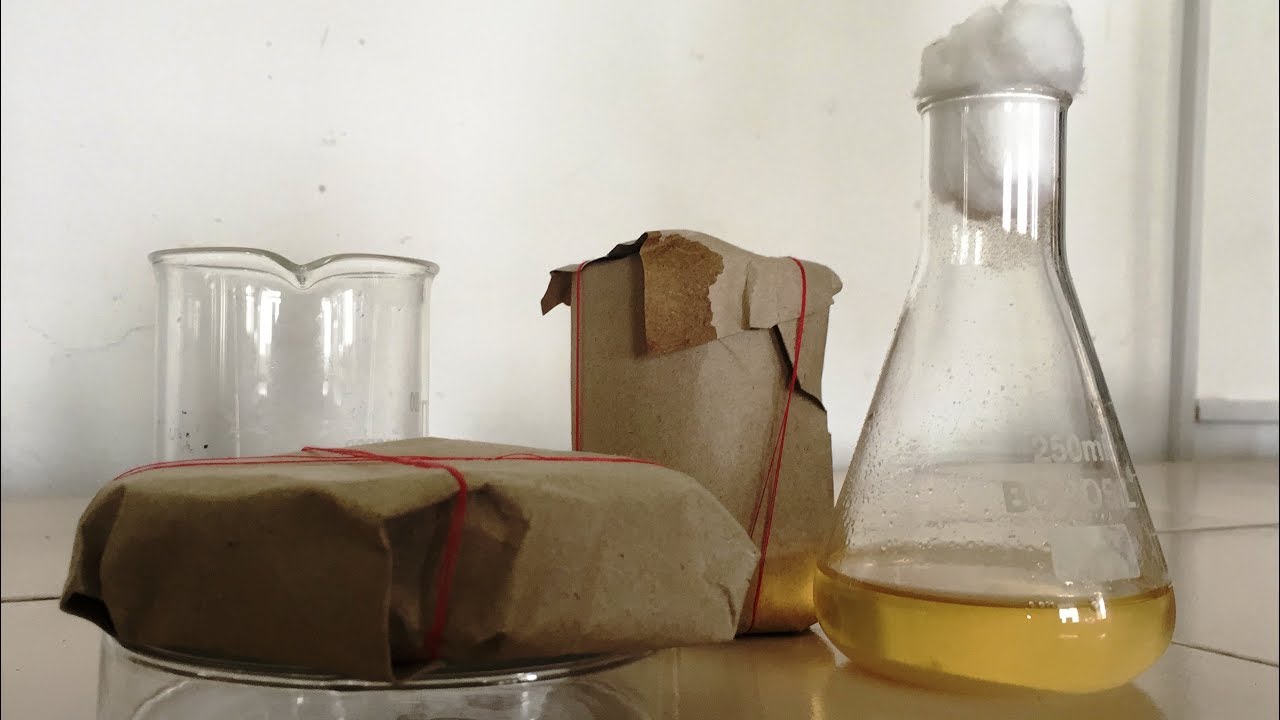
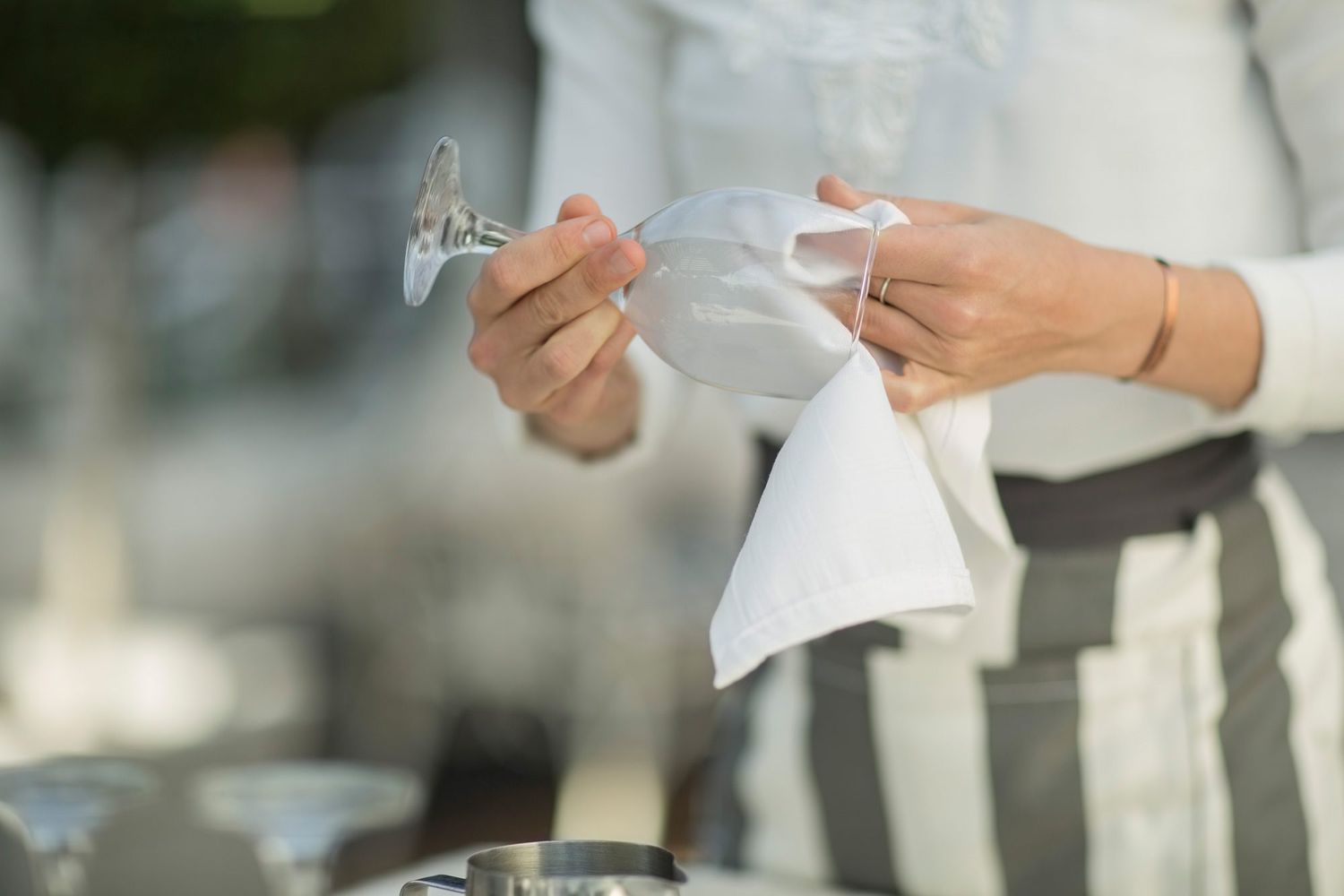
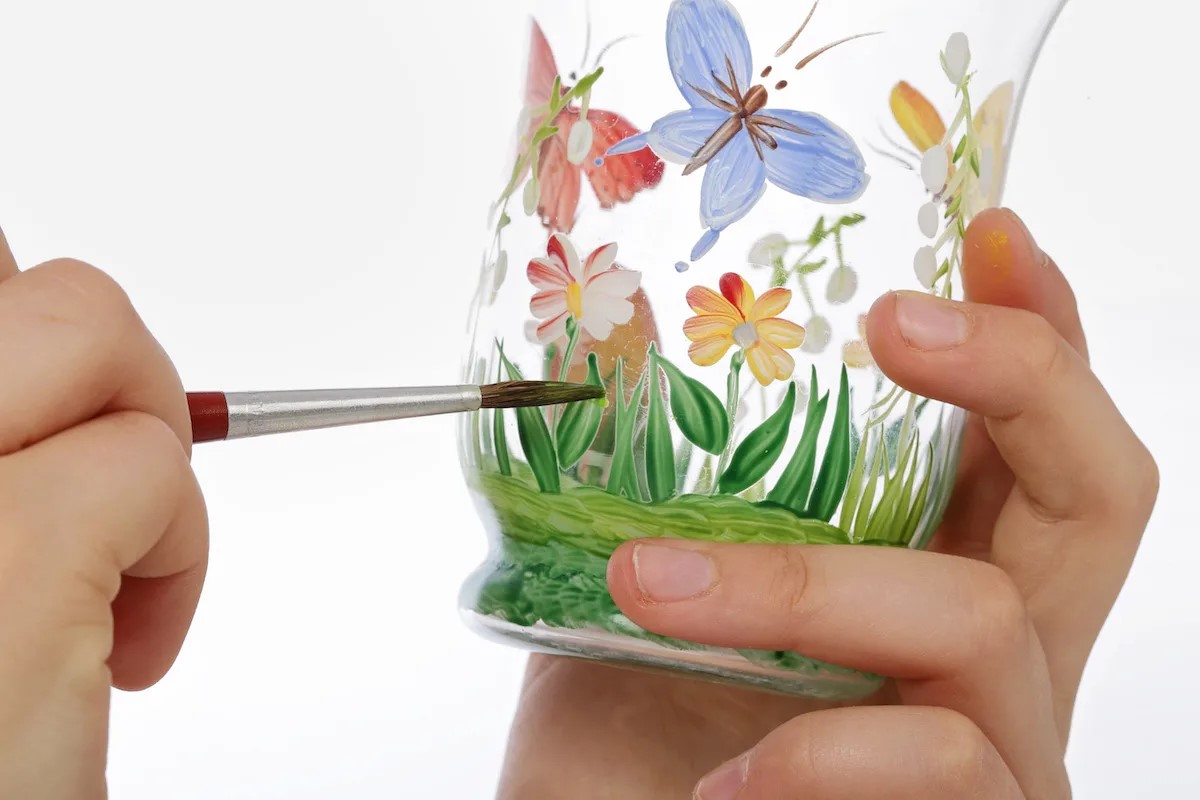

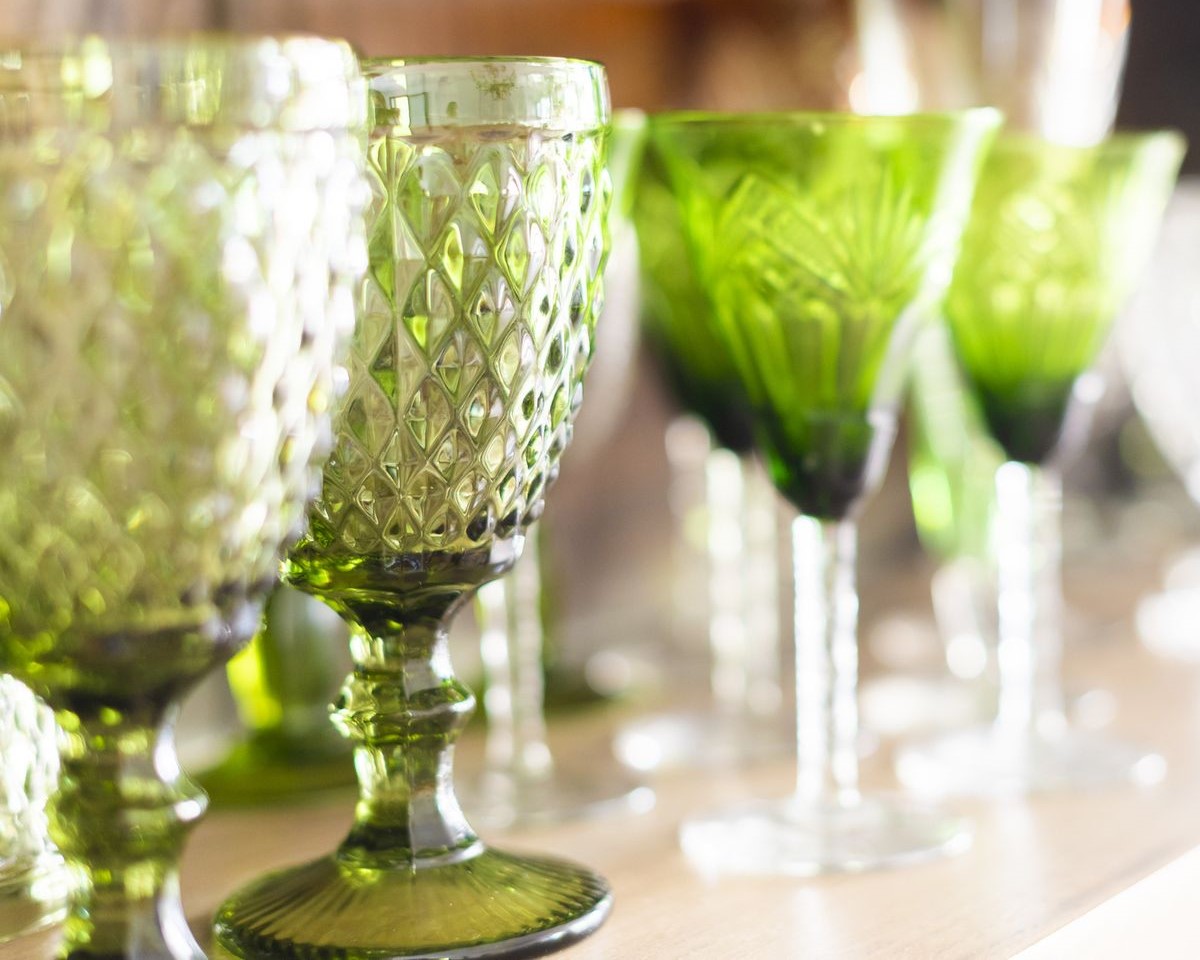
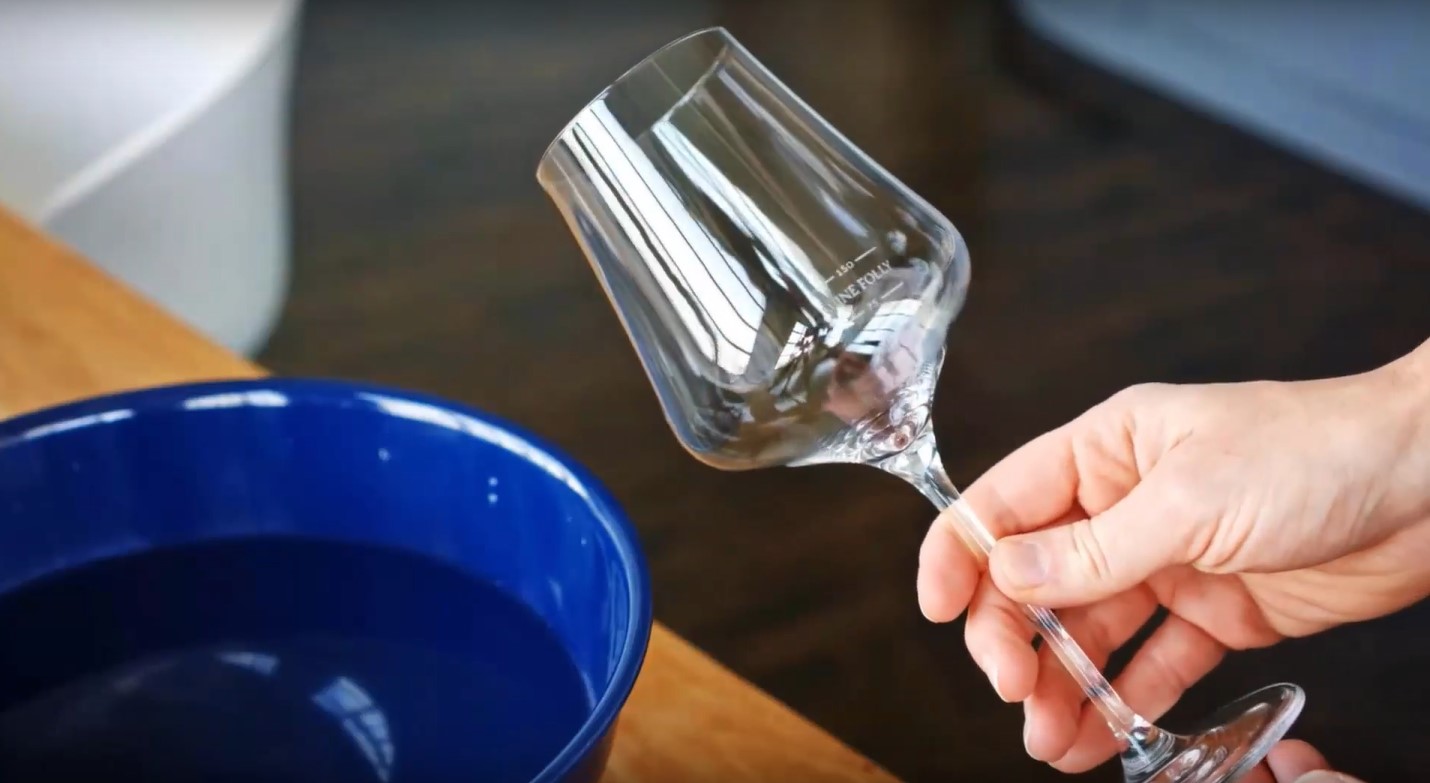
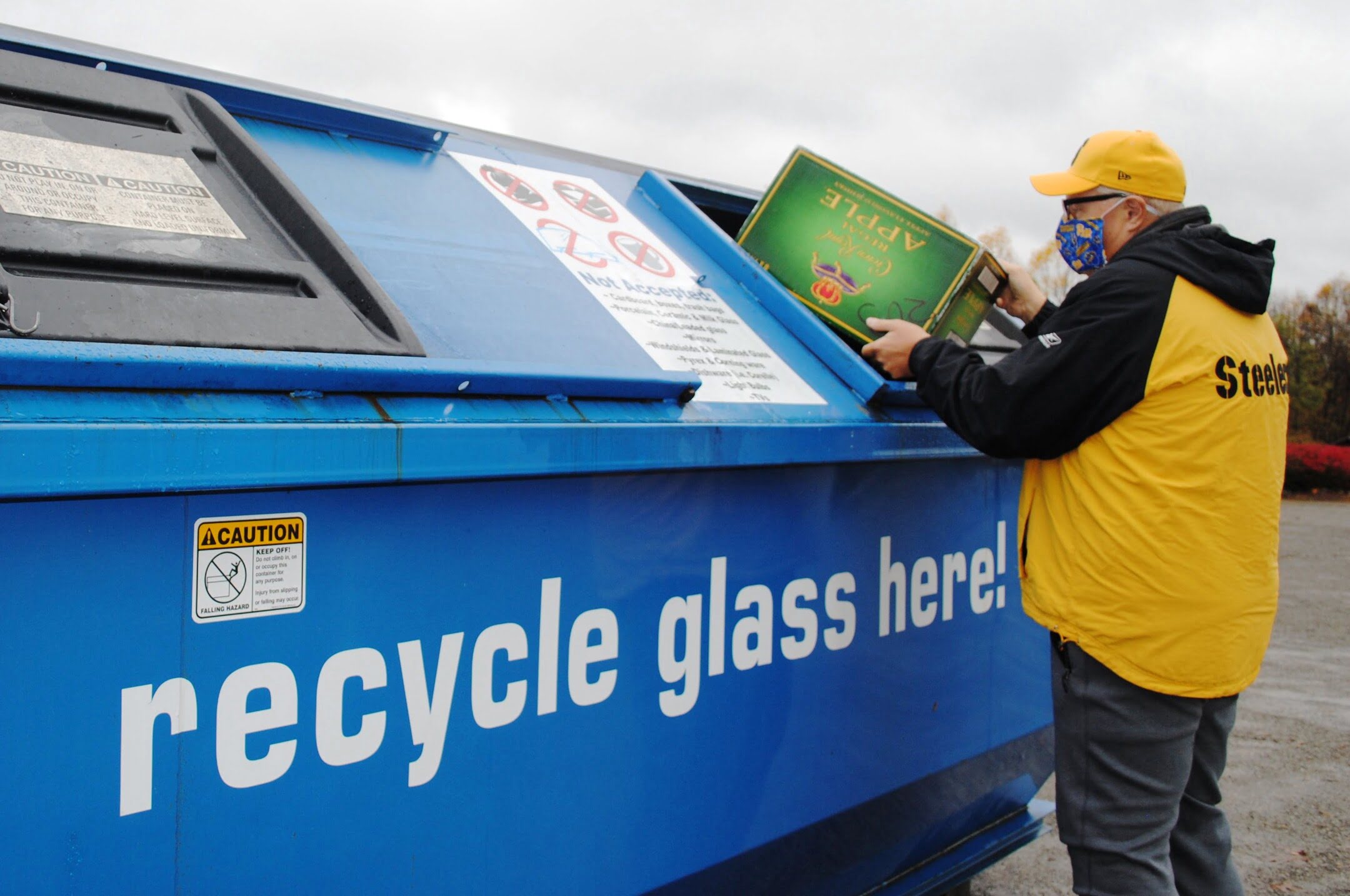
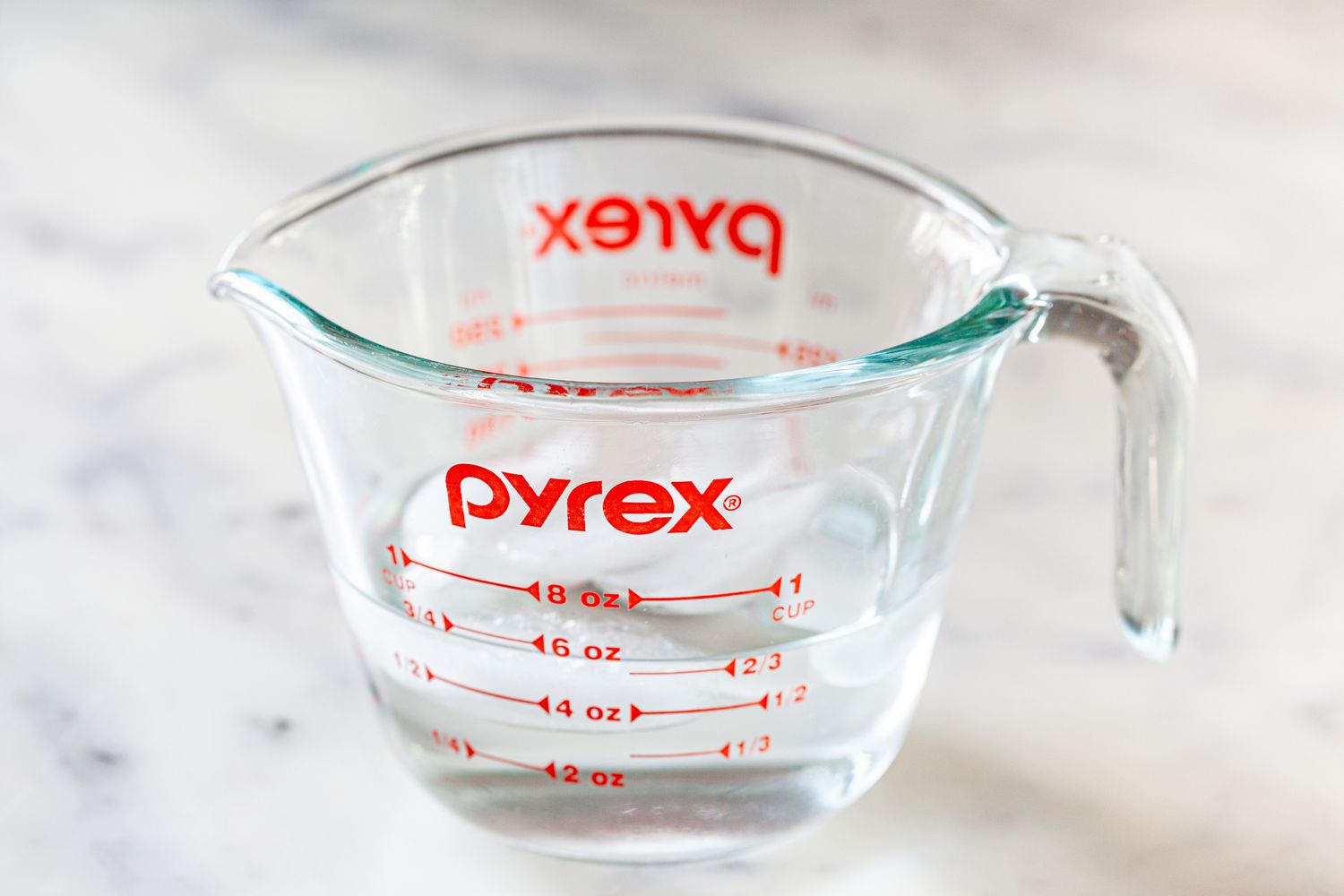
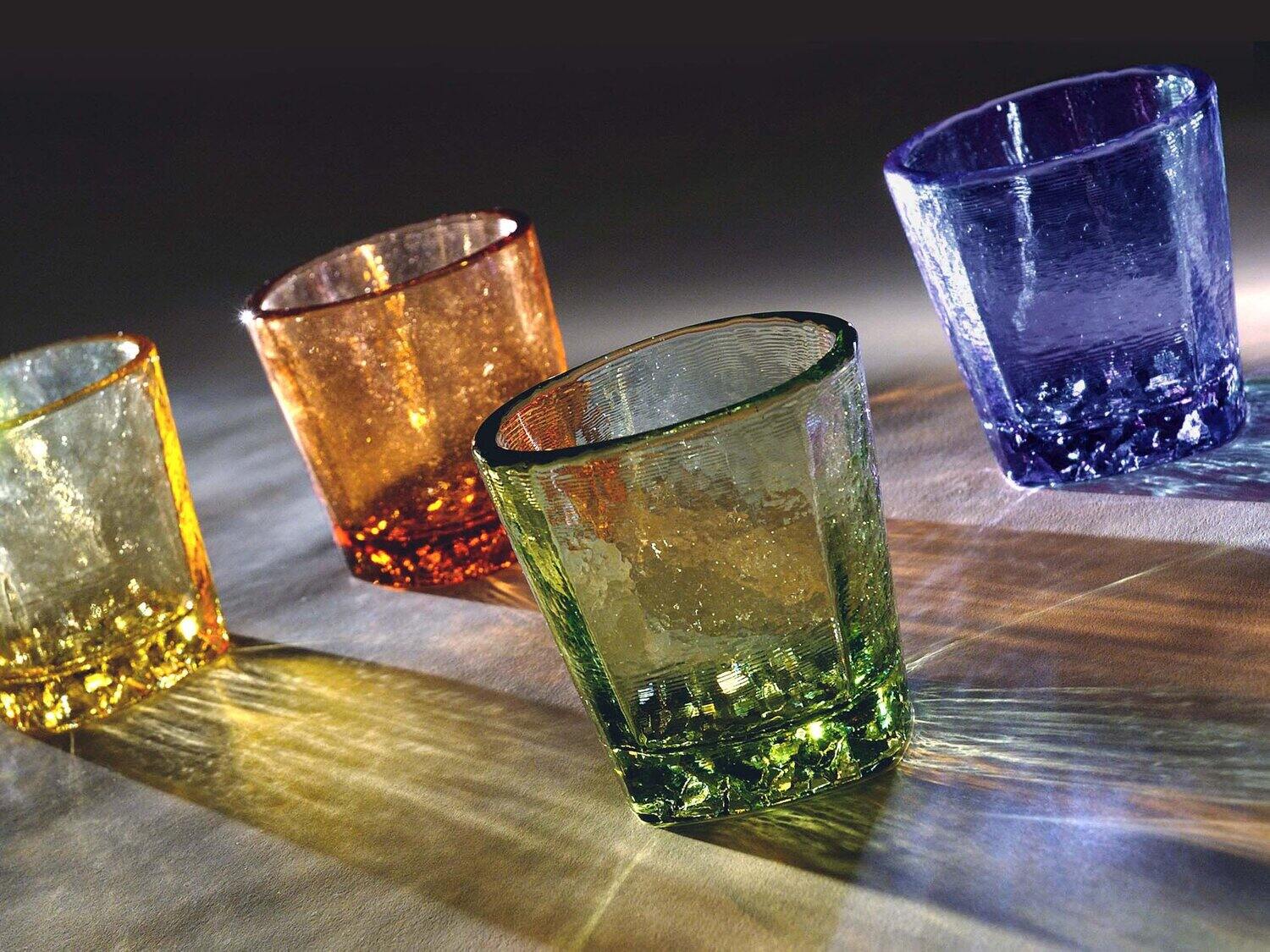

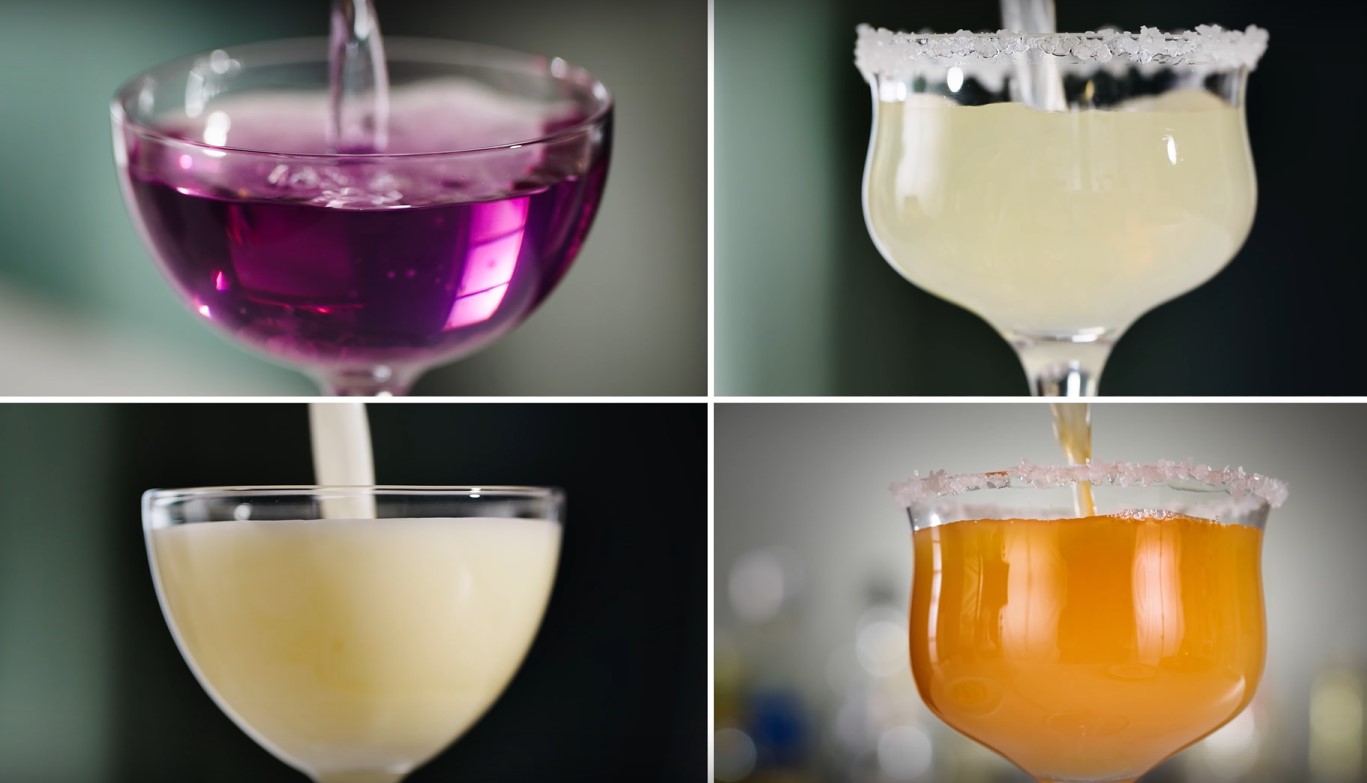
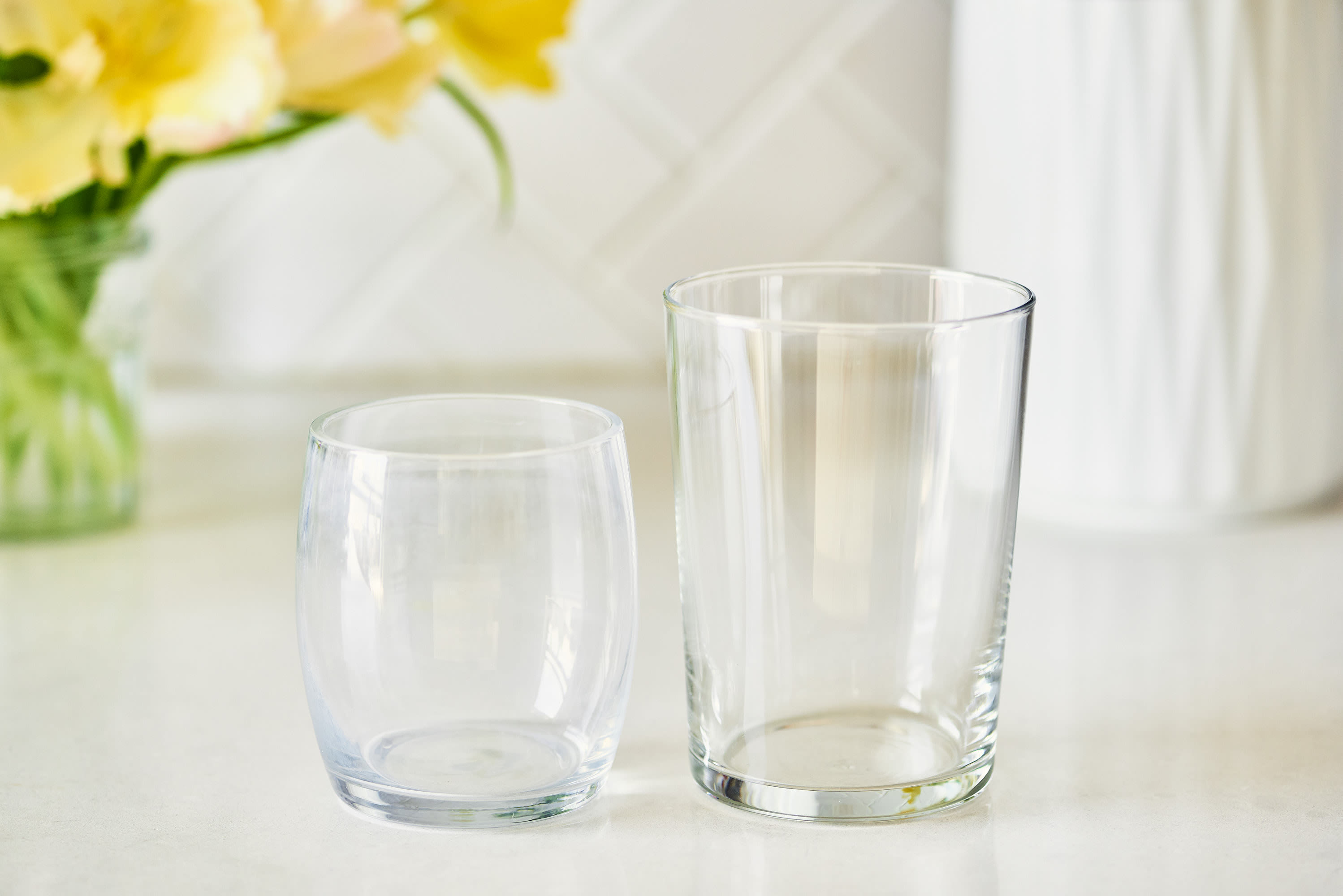

0 thoughts on “How To Wash Laboratory Glassware”